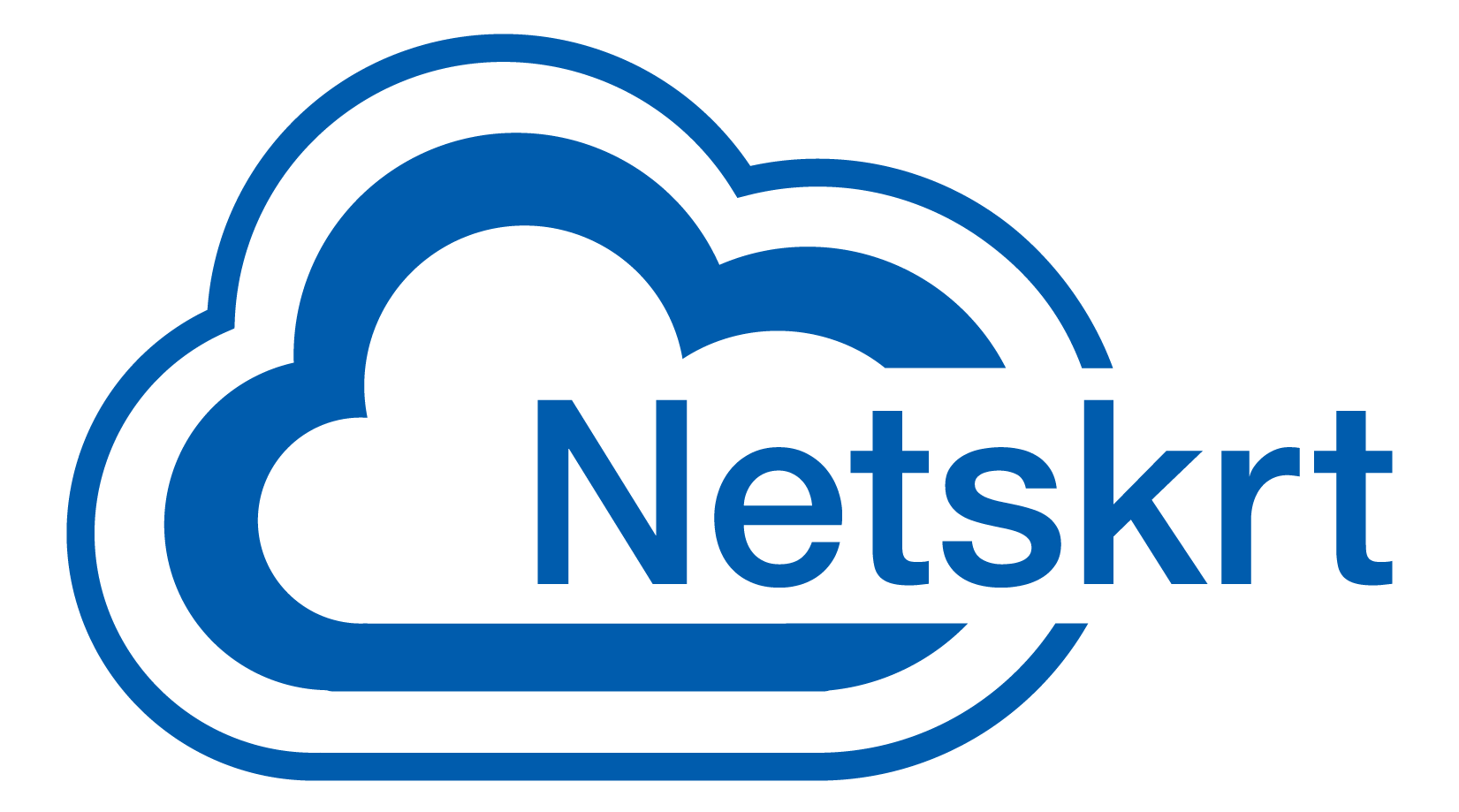Frequently Asked Questions
For ISPs
Table of Contents
Who uses Netskrt?
Hundreds of ISPs across the United States, Canada, UK, and Italy have deployed Netskrt to ensure high-quality live and on-demand streaming video, and significantly reduce traffic on backhaul connections.
Back to Table of Contents
How can my ISP qualify for a Netskrt Cache?
The Netskrt locally embedded cache can be installed in ISP networks (or IXs) that meet the following requirements:
- Your network has at least one /24 (or larger) public IP address prefix
- Your network utilizes BGP and announces the /24 (or larger) subscriber network prefix from your own ASN
- Your network has at least 1U available rack space, at least one 10Gbps uplink (single-mode fiber, multimode fiber, or Direct Attach Copper (DAC) link), and AC or DC power ready in an environmentally controlled location to install the Netskrt server
What are the benefits of deploying a Netskrt cache?
The number one benefit of having a cache installed in your network is: happy subscribers! With a cache adjacent to the serving subnets, your subscribers can stream high-quality video content, such as live sporting events, directly from your network’s cache with the lowest possible latency.
Caching also significantly reduces demand on the ISP’s egress bandwidth. Because requests for the same content can be fulfilled directly from the cache, fewer requests are sent to the content’s origin (typically the nearest traditional CDN outside your network).
What is the deployment process?
Step 1: Sign and return the Deployment Agreement
After working with us to identify your network’s needs and signing a Deployment Agreement, our Customer Success Engineering (CSE) team will work with you to deploy a cache (or multiple caches) in your network. You’ll receive a Deployment Questionnaire to provide details about your network such as power type, uplink connections, IP address assignments, and BGP peering.
Step 2: Submit and finalize the Deployment Questionnaire
Once your Deployment Questionnaire is submitted, we’ll review it to ensure our solution aligns with your network’s specific needs. Additionally, we will require confirmation that you’ll be ready to install the server when it arrives.
Step 3: Prepare for immediate server installation
When your Deployment Questionnaire and install confirmation are finalized, we will ship the edge server to you. Instructions for configuring the BGP peer session will be sent to you before the server arrives, and the physical installation instructions will be shipped with the server.
Step 4: Complete server installation: connect your network and establish BGP
Once the server is successfully installed and connected to your network, and BGP is established, we will perform operational acceptance tests and put your server into production. That’s it! Everything else is fully managed by Netskrt and our relationship with content providers. Once in production, content providers will begin sending your subscribers traffic to the new cache.
After deployment is complete, you’ll receive a welcome email from our Operations team with support info, and a link to your Netskrt dashboard where you can observe your cache metrics.
What does the Netskrt cache include?
The Netskrt cache is operated remotely by Netskrt and includes software services for caching and content distribution.
What’s in the box:
- 1U Netskrt appliance
- Rack mount kit
- AC or DC power cords/cable harnesses where possible
- Server installation instructions
- Printed copy of your Deployment Questionnaire
Where do I put the Netskrt Cache in my network?
Our implementation and CSE teams will work with you to decide if the Netskrt cache should be installed in a centralized location for your network or if multiple caches are appropriate. Our goal is to install the cache as close to your subscribers as possible.
What happens if the Netskrt cache fails?
With a Netskrt cache deployed locally in your network, content providers will send subscribers to the edge cache for improved streaming performance. If a request to our edge cache fails, the content provider will immediately send requests to the nearest traditional cache instead, meaning any issue with the edge cache will have little to no impact to your subscribers’ viewing experience. As a fully managed service, we continuously monitor all deployed edge caches for production issues to ensure optimal performance.
I’m already peered with content providers; why do I need a Netskrt cache?
Peering with content providers upstream does not improve ISP network efficiency. Because media requests from subscribers are still fulfilled upstream, there is no reduction in capacity utilization across vital, and often expensive, egress connections. While peering may provide some level of latency reduction, only content providers reap this benefit.
During high profile live streaming events, capacity often exceeds normal traffic patterns, creating congestion within peering exchanges. A Netskrt cache effectively enables high-speed streaming by placing content closer to the end consumer. By allowing subscribers to download the content from an edge cache, you’ll reduce egress bandwidth while providing a higher quality viewing experience.
How does a Netskrt cache compare to a Netflix cache?
While Netflix manages its own CDN and allocates significant resources to deploying Netflix-specific caches close to their edge subscribers, other content providers partner with Netskrt to distribute their content to the last subnet. Unlike a Netflix cache, the Netskrt last mile cache is a multi-partner platform that delivers content from multiple providers to your subscribers.
How much power does the Netskrt cache consume?
A typical system at moderate load draws approximately 1.2A at 120V, or roughly 25KWh per week (power draw ranges from roughly 0.8A at idle to 1.8A at peak load).
What content is served by the Netskrt cache?
We work with leading OTT content providers to cache live and video-on-demand (VOD) content. The specific content cached will vary depending on the live-streamed and on-demand content that is most popular with your subscribers.
To learn more, schedule a meeting with us.
Experience locally embedded caching
Understand how the Netskrt last mile CDN significantly improves the quality of large-scale live streaming of major events—like NFL and NHL games—without increasing the backhaul capacity required to support those streams.


